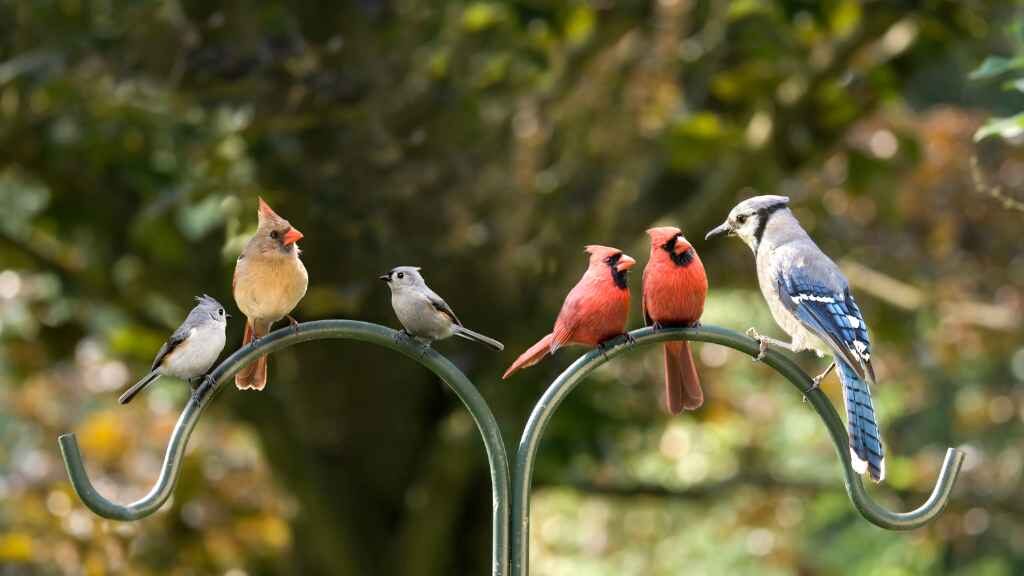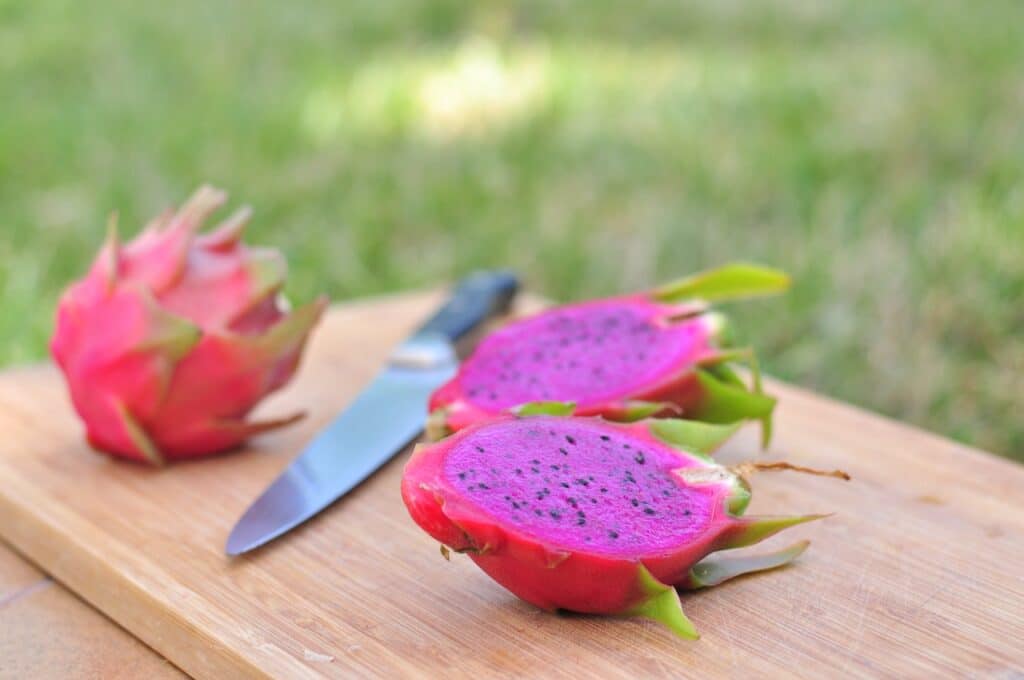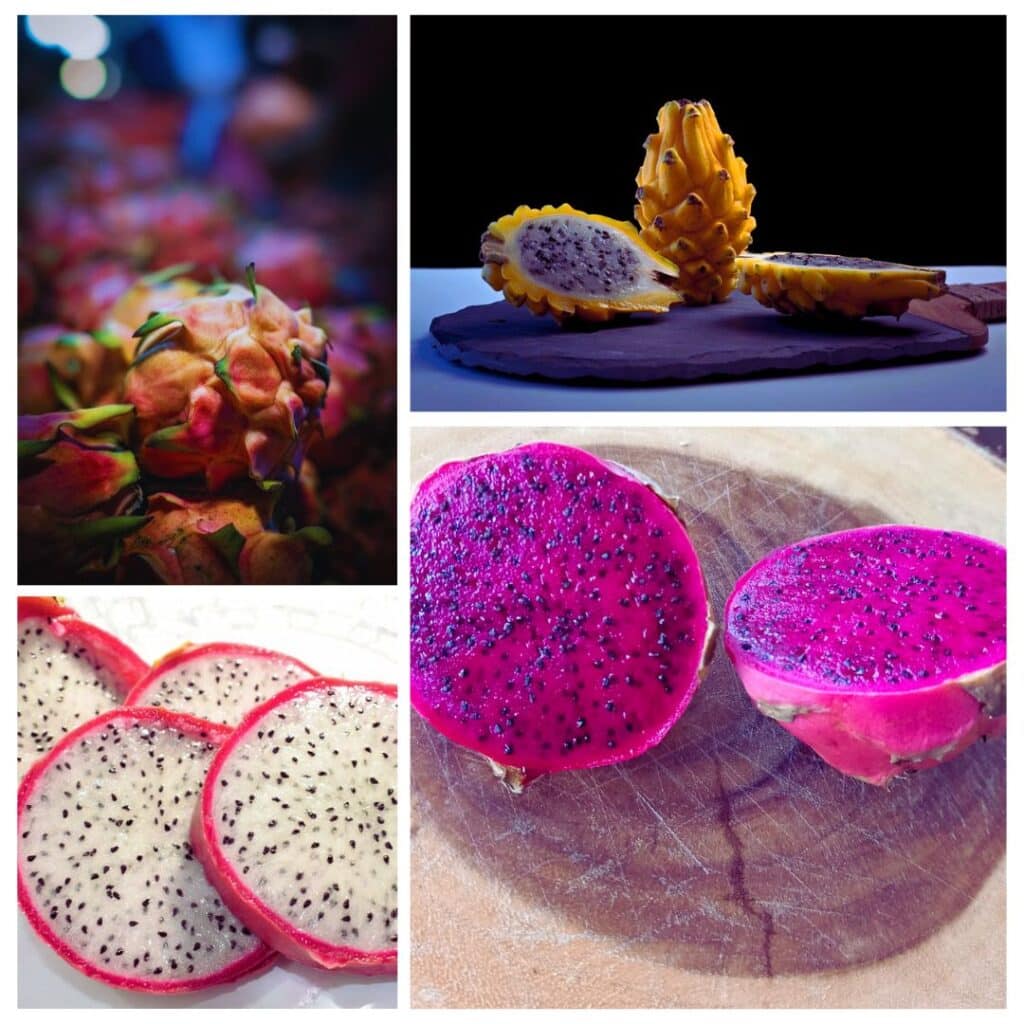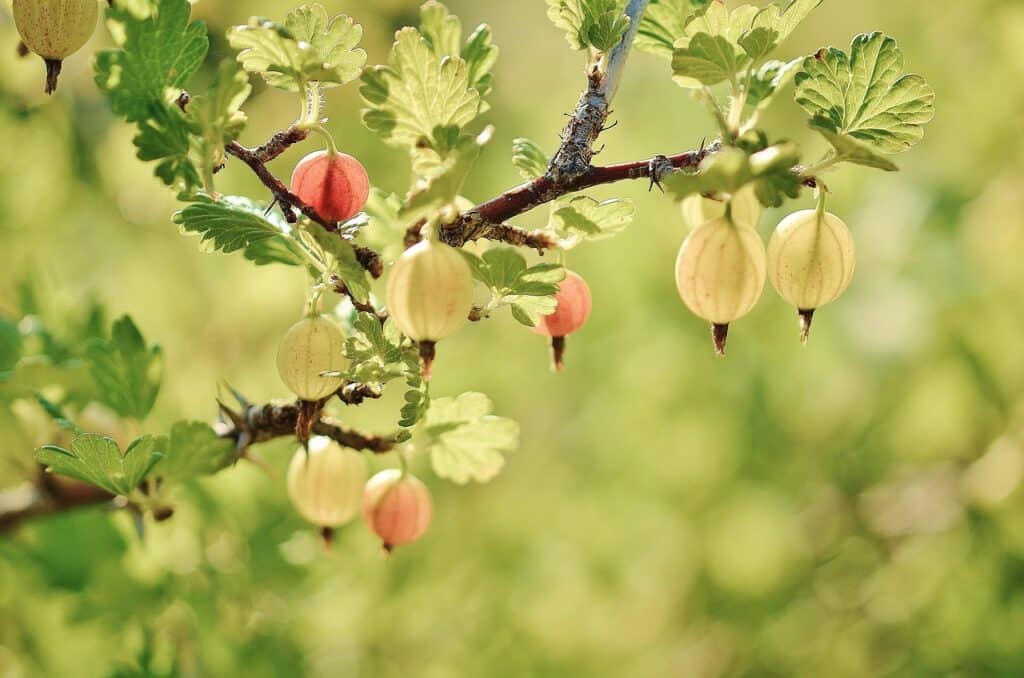Coming from the Rubus Spectabilis species and being a close cousin of the raspberries, salmonberries are an interesting, colorful type of berry that grows in the pacific northwest near the coast, where the water is abundant. Growing salmonberry bushes is not as hard as people may think, but is rather tricky as they are not really grown the same way as raspberries.

Different Ways to Grow Salmonberry
There are many different ways to start growing salmonberries. Salmonberries can be grown by seed, hardwood cuttings, root cuttings, or if they are already in your garden they can be propagated by layering just as gooseberries, currants, and other berries.
How to grow Salmonberry From Seed
It’s possible to start growing salmonberry from fresh seeds. For this, you want to take the Salmonberry ripe fruits (they will be in an orange or red color) and take the seeds from the salmonberry little pellets by squeezing them with your hands, or placing them in a strainer and squashing them with a spoon and rinsing the pulp with some water.
If you are not able to get the seeds near your area, you can also purchase them online via amazon (20 seeds package from seedville) or from other suppliers.
If you buy the seeds, then follow the instruction of the package for growing instructions, as they will give you the best recommendations for their seeds. But if you took the fruits then take into account the next list.
Steps on Growing Salmonberry from seed
1- According to the USDA page, the seeds will have a better germination rate if they are scarified with sulfuric acid with 20-60 minutes or with 1% solution of sodium hyperchlorite for seven days before starting the cold statification process.
2- Cold stratify your seeds by letting them in a place where they get between 36-41°F for 90 days. As it happens with other perennial berries, you can do this straight in your garden beds by planting, covering them with soil and mulching over winter. Or by placing them in a container with potting mix in a place where they get the same conditions and maintaining the soil damp.
If you go by the potting method, remember place them in a warmer place in the spring when they are ready to sow (a temperature above 65°F). Salmonberries like Full to partial shade.
Growing Salmonberry From Cuttings.

As well as with the seeds, there are a couple of different ways to grow salmonberry from cuttings.
The cuttings can be taken from plants in the wild and thereafter planted in your garden. This is usually not recommended as wild plants could carry diseases. Despite this, if you decide to take this approach, please don’t over take as a way to conserve the natural ecosystem of the area.
Cuttings should be take in mid-fall to late winter, when there are not leaves in the stems. Take the ones that are 1/2-1 inch in diameter and 45cm in length, take the cutting in a diagonal way to promote a better growing of roots in the future. The cutting can be stored through the winter in damp sawdust of peat moss to promote callusing and preventing desiccation.
The best way to start growing a salmonberry plant is to acquire them in a nursery. This way you can ensure they are free of diseases. You can buy the cuttings from a nursery near your area or online and have it shipped your way.
If you already have a salmonberry in your garden, try layering your plant to the ground. This is a nice way to propagate them.
Soil

Salmonberries can be found near the coast of the pacific northwest, so naturally we want to bring them similar conditions.
Salmonberries are best placed in a well-drained, moist area with nutrient rich clay or loamy soil. Apply a good layer of compost before planting your seeds or cuttings and place them in an location that receives full-partial shade.
If salmonberries are placed in an area that receives a lot of sun or there are very warm periods, water your salmonberry plant more often. They tolerate better big quantities of water than a dry soil. Of course, this doesn’t mean you should over-water them!
For the Ph level, they are somewhat similar to raspberries, as they grow well in a pretty neutral soil with a Ph from 6.0-7.0.
Quick fact: Salmonberries are good for stabilizing and restoring degraded sites, and they also provide a good erosion control.
Fertilizing
Salmonberries can be fertilized with an All purpose 10-10-10 N-P-K fertilizer during the growing season. When the plants are stablished, fertilize in Spring and don’t fertilize during the blooming season or harvesting season.
Mulching
Is important to mulch your plants after a heavy raining period (to avoid getting too much weeds near your plants) or when the weather is too hot. You can use bark chips, or any other organic mulch.
Pruning Salmonberry

Unlike their cousin the raspberries, salmonberries will provide fruit from all of their canes. This doesn’t mean we don’t have to prune, but it’s not as necessary to promote the growth of new fruit as with other brambles.
To prune salmonberry bushes, take all of the dead or unproductive canes after the harvesting season has ended. Take out of the floor all of the suckers and throw them away or use them to propagate a new plant in another area. In general, follow the 33% pruning rule, cutting always above an outward facing bud.
Pest and Diseases

Salmonberries are very colorful fruits, so much that in the harvesting season you might not even see them if you let them hanging in the branches too much, at least not the red ones.
As it usually happens with berries, they are usually eaten by birds, elks and deer. Usually the birds will be the first ones to take your harvest, you can use a bird net to maintain them away, it’s often the most used and effective method.
For the diseases, always avoid watering the leaves and water the soil to avoid causing mold. Also, be careful with watering too much, salmonberries may be resistant and require lot’s of water, but they can also suffer from root rot.
Harvesting Salmonberry

Salmonberries will start blooming their flowers by April and start breeding fruits between the months of June and August. They are one of the earliest berries to ripen, so if you like berries and want to have them almost all season long they are a good choice to plant along with the later cultivars such as blackberries.
You will notice when they are ready to harvest, as they will start having red, orange colors. It will depend on the variety you acquired. But as the old saying goes, the best way to know if it’s ready is to try it! (Do not do this with plants of unknown species).
Salmonberries don’t dry well due to their high content of water, so it’s better to use them fresh and use them to make jams, jellies, fruit wines or juices.
I hope this article was useful for you. Wish you a good season!



